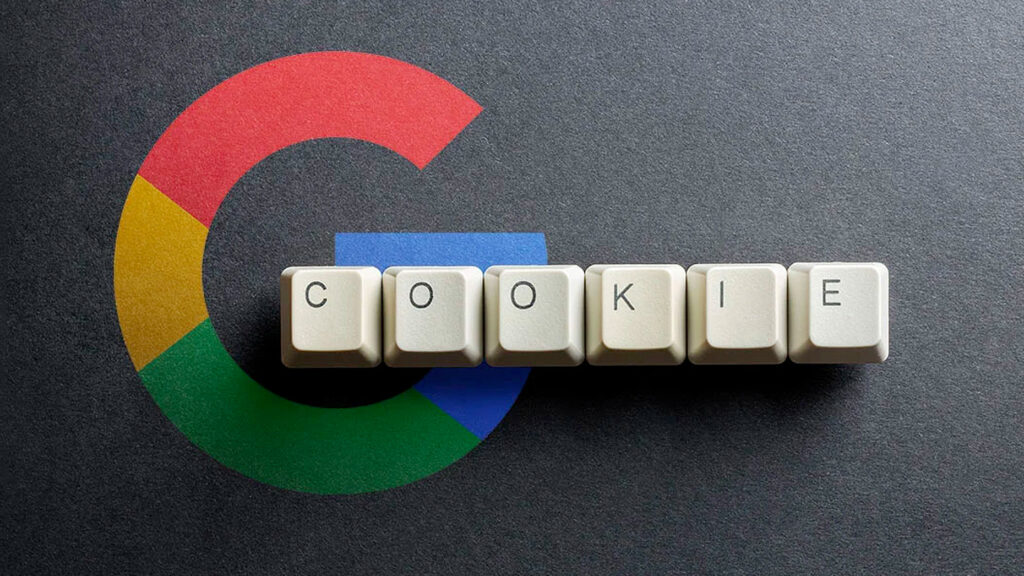Users expect a highly customized and personalized digital experience when interacting with your organization, whether it’s when they’re on your website or app or interacting with your outbound marketing materials. Even if your competitors aren’t actively developing personalized experiences for the customers you’re competing over, now is not the time to rest easy. Users remember the positive digital experiences they’ve had across industries and their expectations are set based on the best experiences they’ve encountered.
Parallel to the increasing need for organizations to deliver personalized experiences to their users we’ve, over the last few years, seen a dramatic increase in privacy rules and regulations in regard to user data. At first glance these two key narratives in the digital space may conflict; personalized experiences cannot be delivered without having access to user data.
This fundamental clash sets up a key business challenge that we see as being one of the main challenges facing many organizations and brands today and over the coming years — how to make personalization and user privacy coexist.
Business Challenge: How to Make Personalization and Customer Privacy Coexist
Without a solid foundation of data, efforts to personalize the digital experience will fail. Given that you’re reading this article I’m likely preaching to the choir here(!), but to truly understand your users, their behavior and their expectations, having a rich and accurate user data set is absolutely key. Without data providing insights into your users, any efforts you make to improve your site, app, or marketing campaigns are effectively no better than guesswork. All personalization efforts must be data driven.
Over the last few years, and we do not see this trend changing anytime soon, access to user data has become more challenging. Rules such as General Data Protection Regulation (GDPR) and California Consumer Privacy Act (CCPA) provide users the option to share less of their data with limits in place on how long any user data can be stored. Google’s upcoming deprecation of third-party cookies will dramatically limit the user data many marketing and advertising teams have relied on up to this point to customize marketing efforts for different audiences.
This increased focus on privacy is true for users themselves, with legislation and privacy updates being driven by user sentiment. Users expect visibility into how companies plan to use any data they capture. Users expect to have a degree of control over what data is and isn’t captured, and which data can be shared. These user expectations must be met if your company is to build trust with your user base. As trust builds between users and an organization then the more chance of success your personalization efforts have; users will trust your recommendations and efforts to improve their individual digital experience.
The question for companies is how can they deliver these highly relevant digital experiences without the rich third-party datasets our industry has traditionally relied on, while maintaining user trust and ensuring data capture and usage meets all regulatory requirements. We’ll unpack a strategy we recommend to clients below.
Find the Balance With a First-Party and Zero-Party Data Strategy

Future digital strategies must rely more heavily on first and zero-party data. These data sources, if managed correctly, can provide the foundation for impactful personalization campaigns for many different types of users.
First-party data is data relating to your users that you have collected directly. Examples here include data relating to how users have interacted with your website, and the types of data traditionally stored in a CRM, such as purchase history.
Zero-party data is data about your users that they have intentionally provided to you. Examples include responses to onsite surveys and preference centre settings.
While both data types can be utilized to drive relevant digital experiences, a foundation of first-party data is key. First-party data will ideally provide you with a consistent ID for each of your users. Without accurate identity resolution, personalization efforts will flounder and it’s your first-party data set in which your users identify themselves, assuming users have to create an account or provide an identifier such as an email address to fully utilize your site or make a purchase. If your site doesn’t ‘naturally’ require a user login or email signup then a zero-party data strategy is a good way to capture user identifiers such as these. For example, surveys asking users what they are interested in shopping (i.e. shirts, shorts, jackets, etc.) can be followed by a request for the user’s email to allow for communications relating to the specific products the user is interested in.
By itself, your first-party data should provide a rich data set on which to build customized digital experiences for users. Customer purchase history gives you insight into the types of products a user likes and how frequently they buy from you. Analytics data will show you how users interact with your site and whether there are specific products or types of content that they most frequently purchase or engage with.
If you’re able to layer in zero-party data on top of the first-party data your dataset to drive personalization becomes significantly more powerful. Zero-party data is data knowingly shared with you by users, meaning it’s some of the safest and most trustworthy data you can use to improve the user’s digital experience. Common approaches to capturing zero-party data include:
- Voice of customer efforts such as running onsite surveys that ask users about their preferences for products or content on the site
- Asking preference questions during the account registration process
- CTAs on the site such as ‘show more products like this’ that, when selected, indicate a users interests
- Preference quizzes that openly ask for user’s opinions so that your organization can learn more about what they like and dislike
- Loyalty programs that encourage users to highlight their preferred products
It’s important that there is a clear value proposition for users to share zero-party data with you. Whether this is via loyalty program points, discounts, contest entries or a clear message around how the digital experience of the user will be improved by using the data, it’s important to highlight for the user what they will receive in return for sharing data with you.
Building Trust and Respecting Privacy With First- and Zero-Party Data Strategies

As long as your organization’s privacy policy clearly explains how first and zero-party data collected from users will be used then the dataset you build up will be both valuable to you and respect users’ privacy. The usage of data users have intentionally shared with you allows organizations to build a level of trust with users that has traditionally been difficult when relying on third-party data sources, which users had little insight into, in the past.
This approach to data collection future-proofs (as much as possible, given ongoing industry changes!) your user data set, allowing you to make long-term plans around personalizing and customizing your users’ digital experience.
Acting On First and Zero-Party Data
This article is focused on the benefits of a first and zero-party data strategy but I want to touch on actually using this data as well. After all, collecting data is all well and good but we’re only going to get value out of the data if we actually put it to practical use! A zero-party data strategy in particular relies on a value exchange between you and your users; users are ok with providing data as long as they see a benefit in return, such as personalized marketing communications. If data is collected but not acted on then you run the risk of harming the customer relationship. To act on the data a first and zero-party data strategy aligns perfectly with utilizing a customer data platform (CDP), such as Tealium AudienceStream.
With clear first-party user identifiers in place a CDP will allow you to explore and build meaningful audiences you can then push to your testing, personalization, analytics and marketing stack. It is when you act on this audience data via personalization campaigns, or customized marketing campaigns that you truly begin to create relevant and timely digital experiences for your users.
Improve Your Users’ Digital Experience Now and In Future with a First- and Zero-Party Data Strategy
Users have increasingly high expectations when interacting with organizations and brands in the digital space. To develop meaningful and long-lasting customer relationships organizations need to actively optimize the digital experience for their users. The focus should be on providing users with personalized experiences unique to them, allowing them easier access to the products and services they’re interested in. To fulfill these expectations organizations need to deliver customized digital experiences for users across all digital touch points.
To achieve this, a solid foundation of data about your users is required. This introduces a big business challenge: how to deliver on increasing expectations for personalization while still being highly respectful of privacy. Tackling this problem requires a thoughtful approach. Given the variety of privacy regulations now in place, the deprecation of third-party cookies, and the impact this will have on third-party data sources, we recommend organizations focus on first and zero-party data strategies. Utilize the data you already have on your users, and seek opportunities to encourage users to share additional preferences with you to allow the development of accurate audiences and segments for personalization.


